
Welcome to The Regenerators.
Introduction
There are lots of different parks – play parks, adventure parks, Olympic parks, skateparks.
Perhaps you have a local park where you enjoy going on the swings or a country park where you can build a den.
Parks are big open spaces where we can play, relax and enjoy ourselves.
All over our planet, there are areas with special wildlife and landscapes that are called national parks.
Let’s visit a national park
Join the Change Champs, Amelle and Daniel, as they travel to the Peak District to learn about different geographical features.
(UPBEAT MUSIC)
Amelle: Hi, I'm Amelle.
Daniel: And I'm Daniel.
And today we've come to a National Park in the Peak District to meet Matt, who is a park ranger.
Matt: Hi, Change Champs. It's so exciting to see you here. I've been a National Park Ranger for almost five years now, and I never get bored of spending all my time outside in this awesome place. Should we take a look around?
Kids: Yeah.
Matt: Come on, then.
(UPBEAT MUSIC)
So why do you think people come to a National Park like this then?
Daniel: To play.
Matt: To play? Yeah, that's a great thing to do here.
Amelle: Well, probably, maybe, like, maybe, like for picnics and stuff.
Matt: Totally. We love a picnic, yeah. Now one of the things I love about a National Park, id that's a great place to see loads of nature and wildlife. All these hills and trees and birds and everything, but we've also got loads of really cool man-made features too.
Like we've got a big reservoir here and over there behind us, that's the pumping house where they clean all the water and send it off to be your drinking water in the city. And down here behind us, we got the reservoir outflow, which takes all the water away. So there's loads of really cool things to see. Should we go have a look?
Amelle: Yeah.
Matt: Come on, then.
Amelle: What's a reservoir.
Matt: A reservoir, it's like a big lake, isn't it? Great big bowl of water. But it isn't natural, it's been made by people to store all the rain that falls here to keep for drinking water. You know, you guys are asking some great questions. I think it's time for a mission.
Amelle: Your mission is to identify as many human and physical geographical features as possible and draw them onto a map.
Daniel: Like a pirate map.
Matt: Right, let's go and start making our map. Okay. So for this mission, you're going to need to look at human and physical features in this place, all around us. So human features are things that people have built like that great big wall or the houses or roads, things like that.
And physical features are things that weren't put here by people. They're there because that's the way the land is. So the hills, the trees, things like that. So on our map, we're going to draw loads and loads of little pictures to show where things are.
Amelle: I see walls and trees.
Daniel: I can see hills in the distance.
Matt: It's really, really important that we have what's called a key to show us what all those different pictures mean. It's a bit like a secret code. Okay.
Oh, that is super.
Amelle: There were so many things created by nature here, but also so many things created by us humans.
Matt: So the big wires that go all the way along there, do you think they're natural, do you think they grew up out of the ground?
Amelle: No. They were man-made.
Matt: No. They're a human feature. A man-made feature, aren't they?
Oh, Change Champs, you've done an amazing job. That's a fantastic map. There's one last thing we need to do. And that's to put X marks the spot to show exactly where we are in your awesome map. Okay.
Amelle: So we're about there.
Matt: Well-done team, what an epic effort. You've really learned so much about the human and physical features that you can see in a National Park. But you can find human and physical features around you anywhere, even in your local park. Okay. I think we need to pack up and get going, don't we?
Daniel: We have really enjoyed learning from Matt.
Amelle: And I'm going to make a map next time I go to my local park.
Geographical features
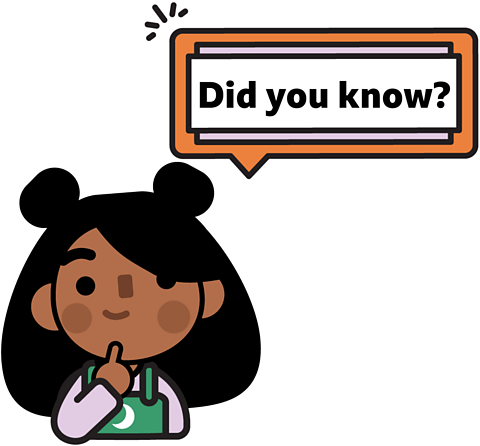
Human and physical features are things that you can see all around you.
Physical features like seas, mountains and rivers are natural. They would be here even if there were no people around.
Human features like houses, roads and bridges are things that have been built by people.
Next time you go out, try to spot human and physical features around you.
Maybe you could draw a map of them too with a key to explain what your symbols mean.

Different national parks
National parks are all different. Some contain mountains and others have forests or beaches.
They are unique habitats for wildlife and need to be protected so they stay beautiful forever.
Here are some pictures of some of the different national parks in the UK.
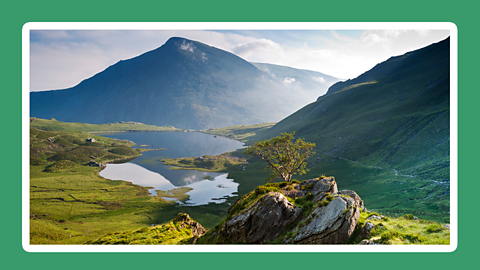
Image caption, Snowdonia National Park

Image caption, Dartmoor National Park
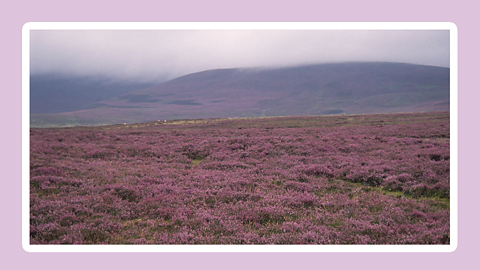
Image caption, The Cairngorms National Park
1 of 3
Case study: The Cairngorms
The Cairngorms is a national park found in Scotland. It is the biggest national park in the United Kingdom and the furthest north.
It is located in the Scottish Highlands. The Cairngorms has the highest mountain range in Britain.
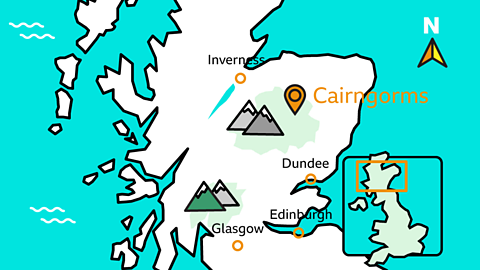
It is wild and remote. The temperatures can get very cold almost as cold as the Arctic!
There are large lakes called Lochs in Scotland.
There are many special habitats in the Cairngorms, such as pine forests, heather moorlands and wetlands.
Wildlife in the Cairngorms
Here are some of the special animals that live in the Cairngorms:
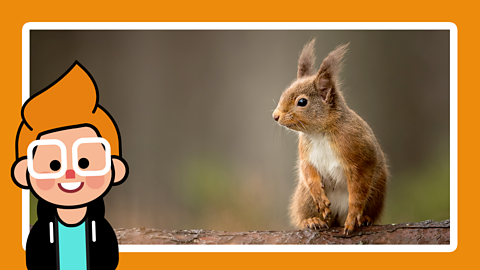
Image caption, Red squirrel
Red squirrels have orange-red fur. They have large bushy tails that are as long as their bodies. They eat nuts and seeds - their favourite nuts are pine nuts

Image caption, Scottish wild cat
Scottish wild cats have brown fur with a thick black tail. They live in thick, dense woodlands but like to hunt in open areas. They eat rabbits, hares, birds and small mammals like voles
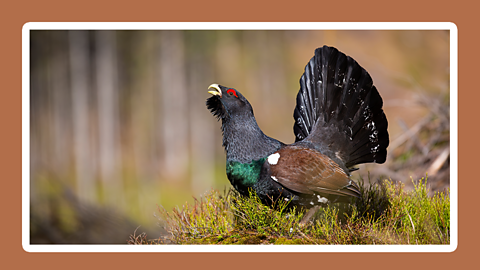
Image caption, Capercaillie
Capercaillie are a large woodland birds with black (male) or brown (female) feathers. They only live in pine forests and they like to feed on the ground. They like to eat berries and shoots. They make loud noises that sound like a popping cork!
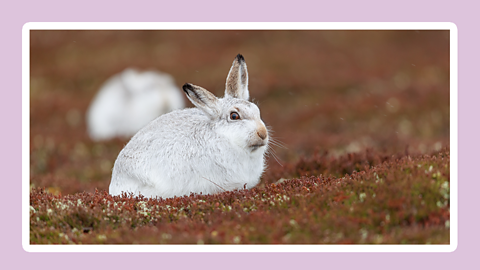
Image caption, Mountain hare
Mountain hares are slightly bigger than rabbits, with short ears. They change colour depending on the season. In the winter their coats are white, and in the summer they are a grey-brown colour.
1 of 4
Activities in the Cairngorms National Park
Many people like to explore the Cairngorms. They can cycle, walk, canoe, visit historic castles and ski.
People climb the highest mountain, Ben Macdui, which is 1,309 metres high!
The Cairngorms is in also a Dark Sky Park, which means that it is one of the best places to see clear skies and lots of stars.
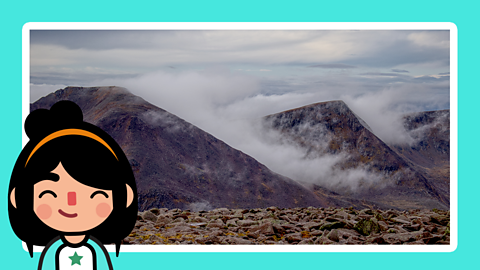
People need to be careful when visiting national parks, as some of these activities can damage wildlife habitats.
For example, lots of people driving by car can causes congestion and pollution. Campers might leave litter in the spots where they wild camp. Or walking to the top of the mountains can erode (wear away) footpaths.
But if we take care to protect our national parks we can keep them places that both humans and animals can enjoy.
Lesson complete!
Well done Regenerator, you've completed this lesson. Now let's see what you can remember.
Guess the animal
These children have some clues for you. Can you work out which of the animal that live in the Cairngorms they are describing?
There's more to learn
Explore more lessons and content from around the BBC.
How has my local area changed?
GREEN CLASSROOM
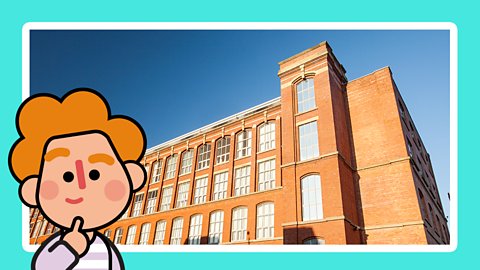
How can we look after our environment?
GREEN CLASSROOM
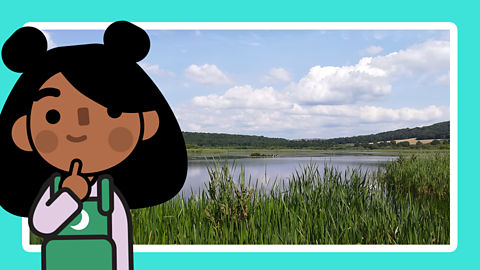
Year 1 - 2 and P2 - P3
GREEN CLASSROOM
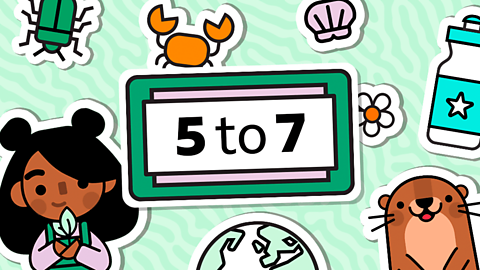
More from The Regenerators
BBC BITESIZE

